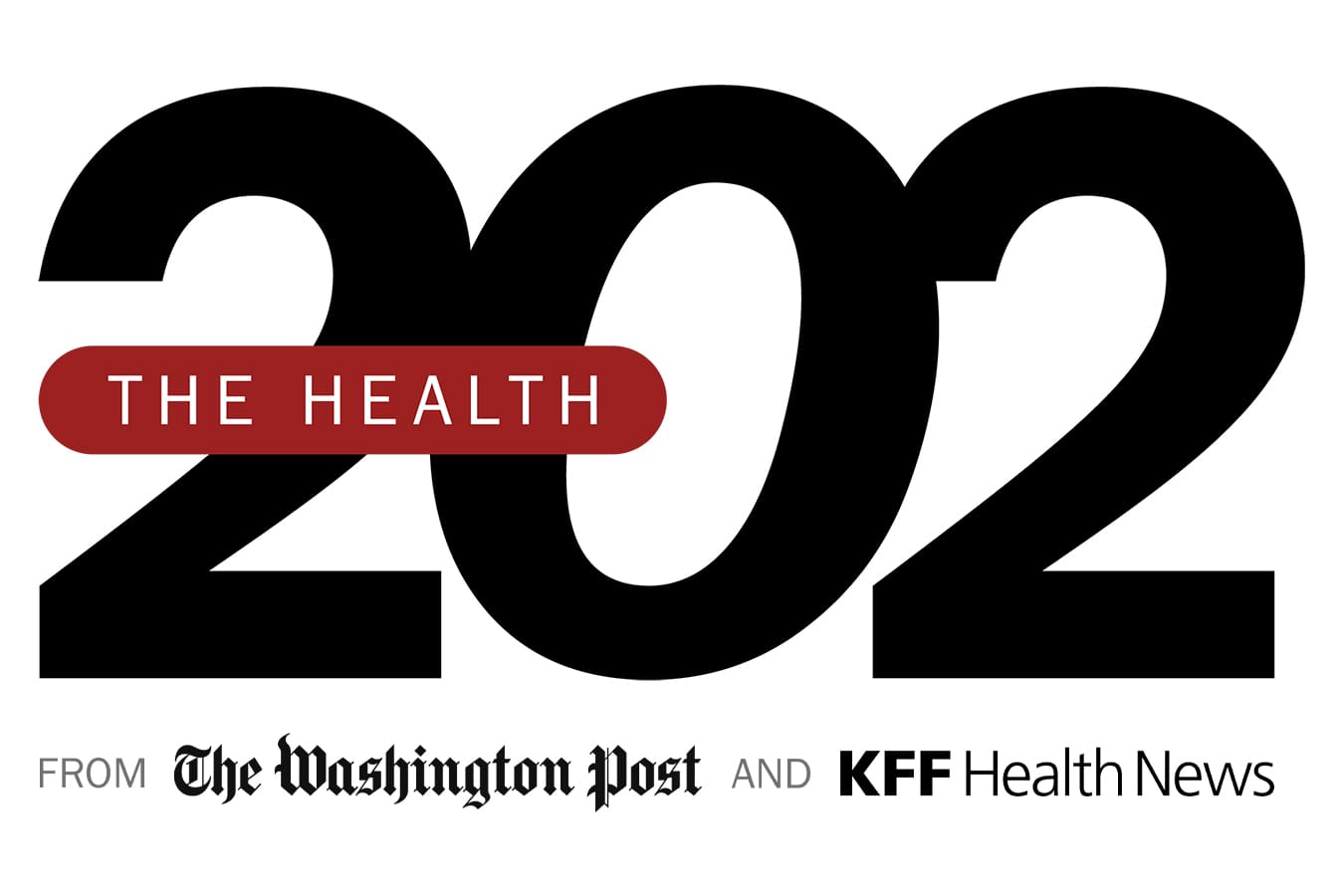Health
How to Afford Medical Advances? Stop Paying for Low-Value Care


Expensive Medical Advances
Last week, we learned that the obesity drug Wegovy may also reduce the risk of heart disease. But with just 10 percent of Medicare beneficiaries taking the drug, taxpayers could be on the hook for nearly $27 billion a year.
The Cost of Low-Value Care
One possible solution to afford the latest medical advancements is to stop paying billions of dollars for low-value care. As much as 30 percent of the $3 trillion spent on healthcare annually goes to treatments that don't help patients and may even harm them.
Examples of Low-Value Care
Doctors continue to prescribe unnecessary opiates or antipsychotics, routinely screen for vitamin D deficiency, and order cancer-screening tests late in life when they are unlikely to provide much benefit. These treatments raise costs, lead to health complications, and interfere with the delivery of more appropriate care.
The Fee-for-Service Problem
The fee-for-service health system in the United States rewards doctors for providing more care rather than the right care. This makes it difficult to stop the waste associated with low-value care. Even when doctors have no financial incentives to order additional tests or services, it's still challenging to eliminate low-value care.
The Challenge of Stamping Out Low-Value Care
Despite efforts to identify unnecessary services through campaigns like Choosing Wisely, spending on low-value care has barely budged. Defensive medicine plays a role in some cases, as doctors order extra tests or imaging due to fear of malpractice suits. Additionally, low-value services can become ingrained in the culture and are difficult to eliminate.
Individual Efforts to Reduce Low-Value Care
While some institutions have successfully reduced low-value care, these efforts are the exception rather than the rule. For example, Children's Hospital Colorado reduced the number of abdominal CT scans in kids by involving surgeons in the decision-making process. A Los Angeles safety-net health system operating on a fixed budget eliminated unnecessary testing before cataract surgeries.
The Viable Solution
According to Mark Fendrick, director of the University of Michigan Center for Value-Based Insurance Design, eliminating low-value services is the only viable way to pay for medical advancements like Wegovy. The Affordable Care Act already provides a means to do this through Section 4105, which grants the health and human services secretary authority to not cover services with a D rating from the U.S. Preventive Services Task Force.
Potential Savings
Several years ago, Fendrick estimated that Medicare could save $5 billion over 10 years by not paying for the seven most common D-rated services. However, this only reflects the cost of the services themselves and not the unnecessary care they often lead to. Medicare is still paying for these services, despite the potential for significant savings.
Conclusion
Eliminating low-value care is essential to afford the latest medical advances. By focusing on providing the right care instead of simply more care, healthcare costs can be reduced and resources can be allocated to innovations like Wegovy.


Hey there! I’m William Cooper, your go-to guy for all things travel at iMagazineDaily. I’m 39, living the dream in Oshkosh, WI, and I can’t get enough of exploring every corner of this amazing world. I’ve got this awesome gig where I blog about my travel escapades, and let me tell you, it’s never a dull moment! When I’m not busy typing away or editing some cool content, I’m out there in the city, living it up and tasting every crazy delicious thing I can find. Join me on this wild ride of adventures and stories, right here at iMagazineDaily. Trust me, it’s going to be a blast! 🌍✈️🍴







